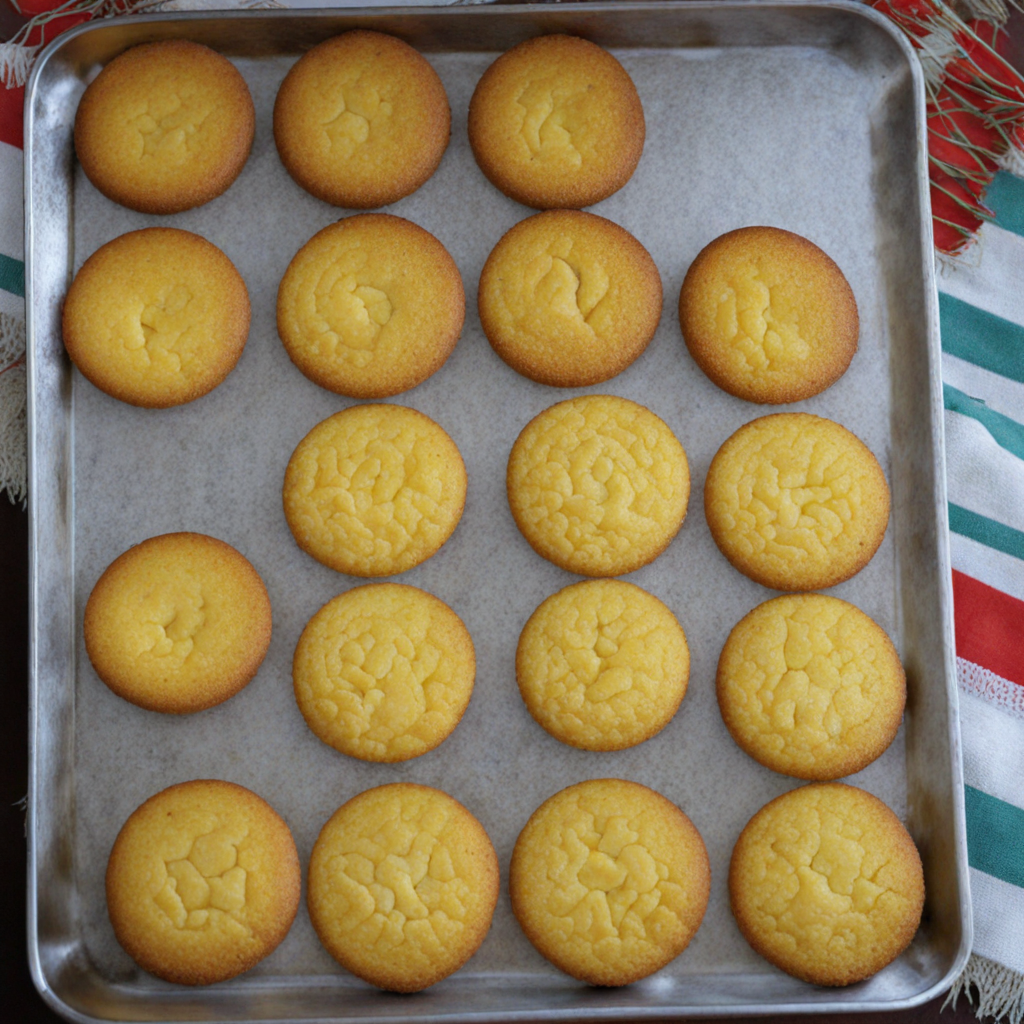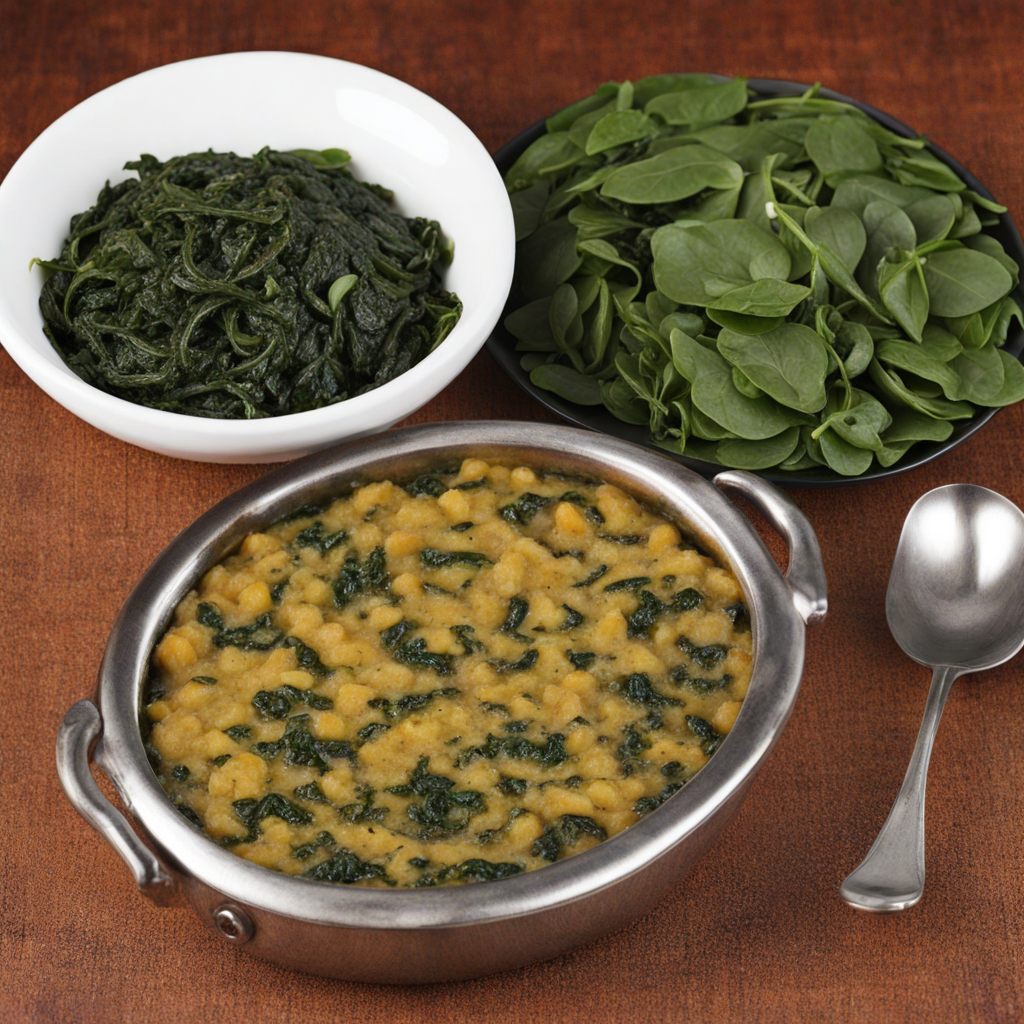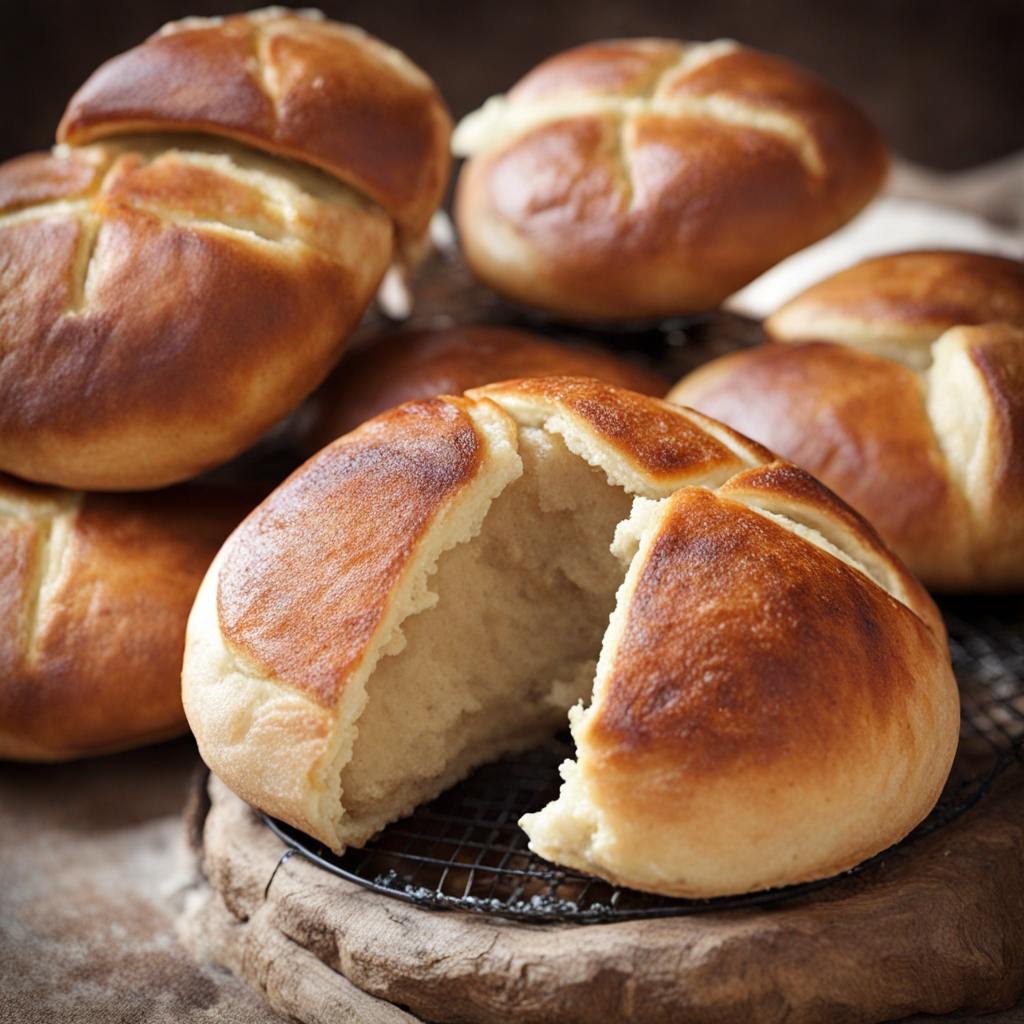Koeksisters
Koeksisters are a delightful treat hailing from Lesotho, known for their unique combination of textures and flavors. These sweet pastries are made from a dough that is braided and deep-fried until golden brown, resulting in a crispy exterior that gives way to a soft, pillowy interior. The frying process imparts a rich, buttery flavor, while the dough itself is subtly sweet, making each bite a perfect balance of indulgence and comfort. Once fried, koeksisters are generously coated in a syrup made from sugar, water, and spices, often infused with a hint of cinnamon or ginger. This syrup not only adds a sticky sweetness but also enhances the overall flavor profile, creating a mouthwatering contrast to the warm, crispy pastry. The syrup seeps into the dough, making it delectably moist and satisfying, while the outer layer remains crunchy, offering a delightful textural experience. Traditionally enjoyed as a snack or dessert, koeksisters are often served at festive occasions and gatherings, symbolizing celebration and community. Their enticing aroma and appealing appearance make them hard to resist, drawing in anyone who encounters them. For those looking to explore new culinary horizons, koeksisters present an irresistible taste of Lesotho’s rich culinary heritage, promising a sweet adventure that lingers long after the last bite.
How It Became This Dish
Origin of Koeksisters Koeksisters are a traditional sweet treat originating from Lesotho, a small landlocked country in Southern Africa, surrounded by South Africa. The name "koeksister" is derived from the Afrikaans word "koek" meaning cake, and "sister," which is often interpreted as a playful reference to the intertwined pastry's shape. This delicious dessert is similar in name and concept to the South African koeksister, but there are distinct differences in preparation and cultural significance. The origins of koeksisters can be traced back to the Dutch settlers who arrived in the Cape of Good Hope during the 17th century. They brought with them various culinary traditions, including deep-frying techniques and sweet pastries. Over time, these recipes adapted to local ingredients and tastes, giving rise to the unique versions found in Lesotho. The Basotho people embraced this dessert, incorporating it into their culinary repertoire while adding their own regional flair, which included a rich syrup and a braided shape that is characteristic of the Lesotho version. \n\n Cultural Significance In Lesotho, koeksisters hold a special place in cultural rituals and celebrations. They are often prepared during important occasions such as weddings, funerals, and community gatherings. The making of koeksisters is not merely a culinary exercise; it is a social event that brings families and communities together. Preparing this sweet treat often involves generations of knowledge passed down through families, with each recipe carrying its unique story and significance. The act of making koeksisters can be seen as a form of cultural expression, where each family adds its personal touch, whether through the syrup's flavor, the texture of the dough, or the intricate braiding. This communal aspect highlights the importance of food in fostering connections among people, emphasizing shared heritage and solidarity. During weddings, for instance, koeksisters symbolize sweetness in the couple's life together, while at funerals, they may represent a celebration of the deceased's life, providing comfort to mourners. \n\n Ingredients and Preparation The ingredients used to make koeksisters are simple yet flavorful, reflecting the agricultural practices of Lesotho. The primary components include flour, sugar, baking powder, milk, and a pinch of salt. This basic dough is enriched with butter or margarine, which contributes to its tender texture. The dough is rolled out, cut into strips, and braided before being deep-fried until golden brown. Once fried, the koeksisters are drenched in a sweet syrup made from sugar, water, and flavored with spices such as cinnamon and ginger. The syrup seeps into the pastry, creating a delightful contrast of textures—crispy on the outside and soft, syrup-soaked on the inside. Some variations may include the addition of coconut or other flavorings, reflecting local tastes and preferences. \n\n Development Over Time As Lesotho has evolved over the years, so too has the preparation and presentation of koeksisters. With increasing globalization, new techniques and ingredients have entered the culinary scene. For instance, while traditional recipes rely heavily on local resources, some modern interpretations may incorporate exotic flavors or alternative sweeteners to cater to contemporary palates. The rise of tourism in Lesotho has also impacted the way koeksisters are perceived and consumed. Tourists seeking authentic experiences often turn to local delicacies, and koeksisters have become a symbol of Basotho hospitality. Local vendors often sell these treats at markets and festivals, showcasing the rich culinary heritage of the region. This has led to a revival of interest in traditional foods, with younger generations taking pride in their cultural identity and seeking to preserve these time-honored recipes. \n\n Koeksisters in Contemporary Society Today, koeksisters are not only enjoyed within the borders of Lesotho but have also gained recognition beyond the country. They are often featured in food festivals and culinary events, where chefs showcase their creativity while honoring traditional recipes. Social media has played a crucial role in this dissemination, with food bloggers and influencers sharing their experiences and recipes, bringing the sweet delight of koeksisters to a global audience. While the essence of koeksisters remains rooted in tradition, contemporary bakers are experimenting with flavor profiles and presentation styles. Some have introduced innovative versions, such as koeksister ice cream or koeksister-inspired desserts, blending traditional elements with modern culinary techniques. This evolution reflects a broader trend of food innovation, where cultural heritage and contemporary tastes meet, creating a dynamic culinary landscape. \n\n Conclusion In summary, koeksisters are more than just a sweet treat; they are a symbol of Lesotho's rich cultural heritage and social fabric. Their history, rooted in the fusion of Dutch and Basotho culinary practices, represents the resilience and creativity of the Basotho people. As they continue to evolve and adapt to modern tastes, koeksisters remain a cherished staple in Lesotho, embodying the spirit of community, celebration, and cultural pride. The future of koeksisters looks bright, with ongoing interest in preserving traditional recipes while embracing innovation, ensuring that this delightful dessert continues to be enjoyed for generations to come.
You may like
Discover local flavors from Lesotho







